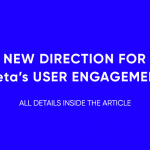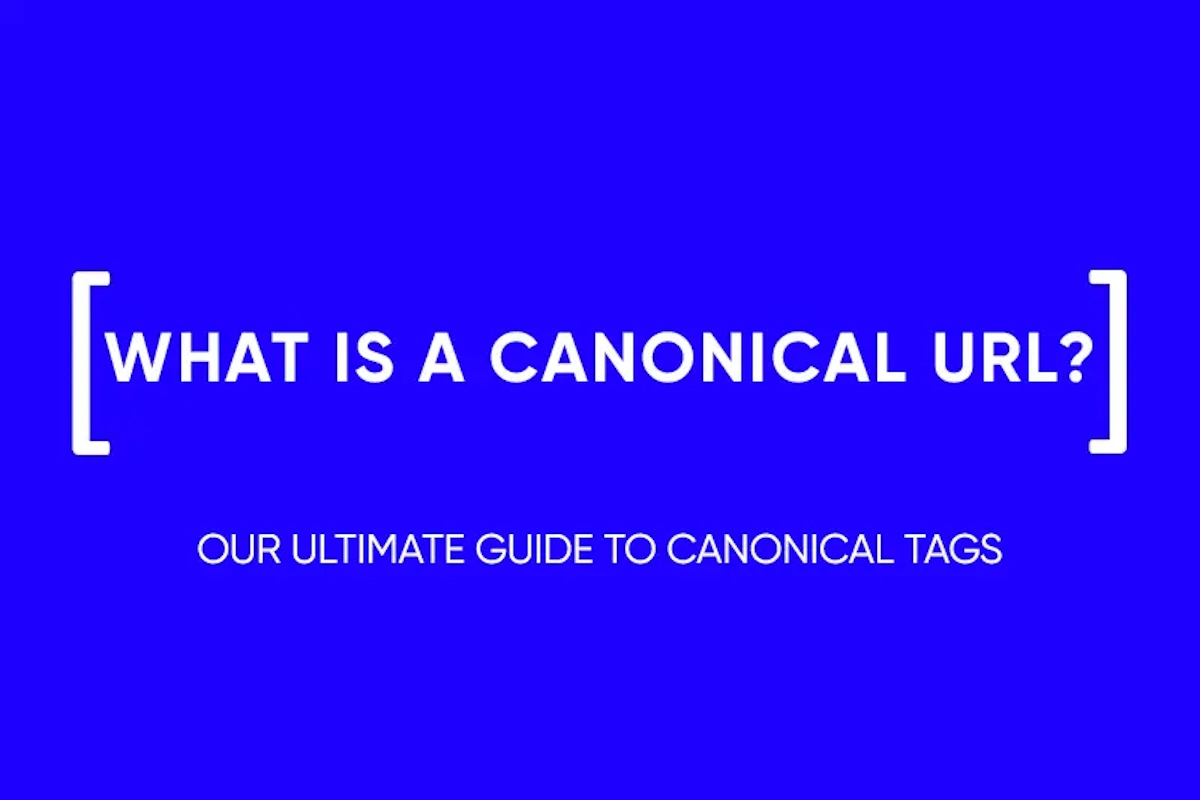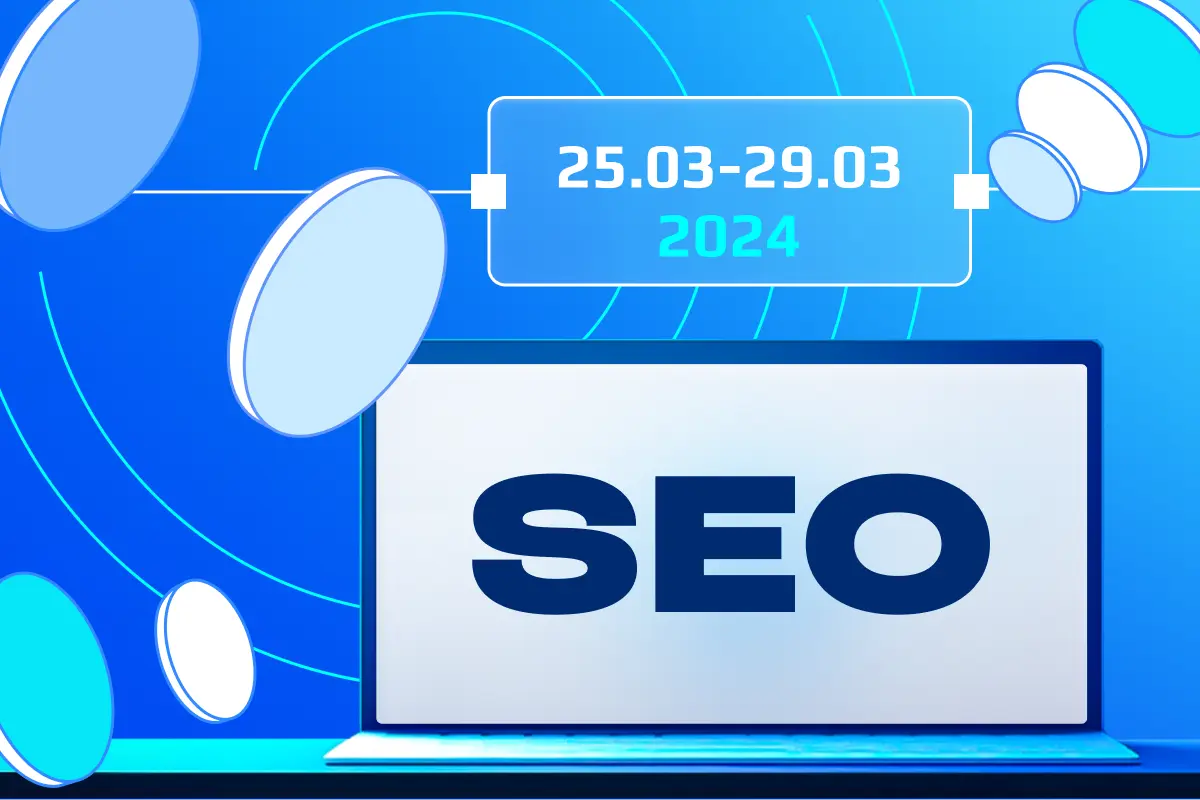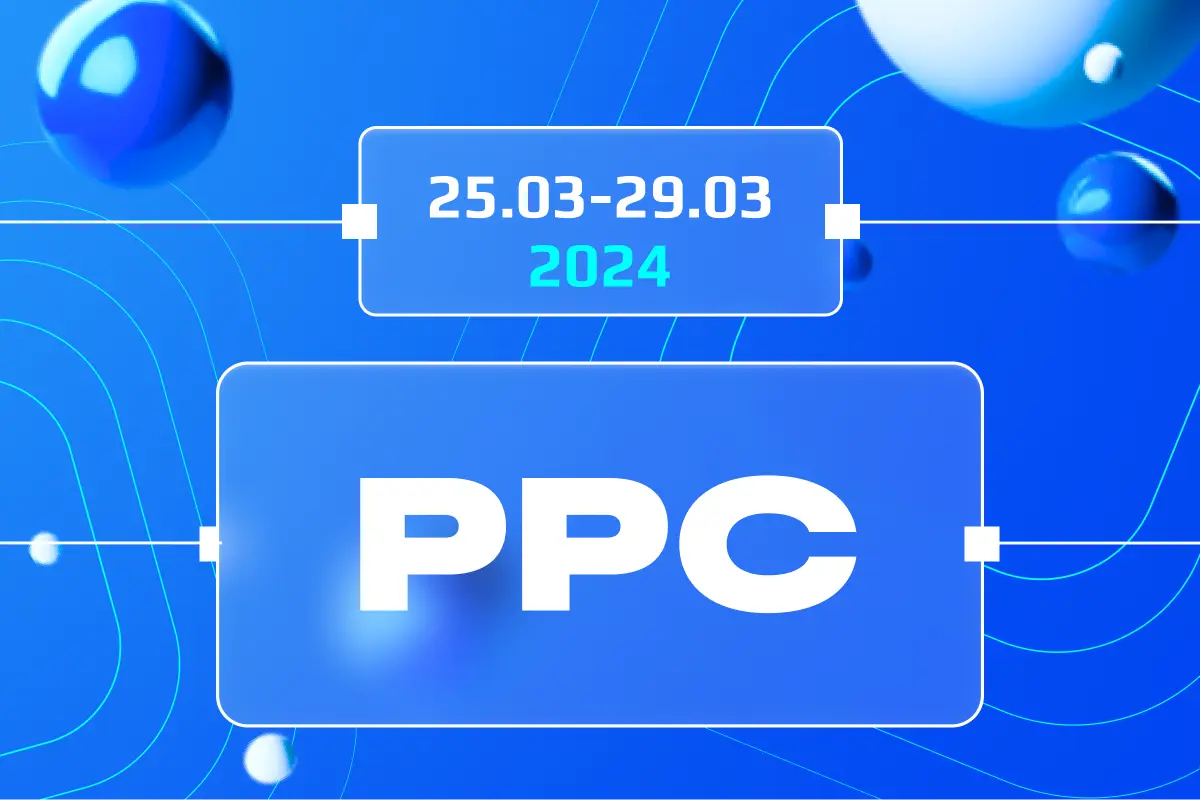What is PPC – Pay-Per-Click Marketing?
Pay-Per-Click (PPC) is a digital advertising model where advertisers pay a fee each time one of their ads is clicked. Essentially, it’s a way of buying visits to your site, rather than attempting to “earn” those visits organically. PPC advertising can be highly targeted, appearing in search engine results or on websites that are relevant to your product or service. The most common platforms for PPC include Google Ads (formerly AdWords), Microsoft Ads, and various social media advertising platforms like Facebook and LinkedIn Ads.
Why Is PPC Important?
PPC advertising stands as a critical component of digital marketing strategies for several compelling reasons:
PPC Ads Allow for Effective Targeting
One of the paramount benefits of PPC advertising is its ability to segment audiences based on numerous criteria such as demographics, geography, language, and even the type of device. This precision enables advertisers to craft tailored messages that resonate with their target audience, ensuring that marketing dollars are spent on reaching the people most likely to convert. Whether it’s targeting potential customers who have visited specific pages on your website (remarketing) or focusing on users searching for related products, PPC allows for a high degree of specificity in advertising campaigns.

PPC Ads Drive Fast Results
Unlike organic search strategies, which can take months to yield results, PPC campaigns can be launched quickly, bringing in targeted traffic and leads in a matter of hours or days. This immediacy is particularly beneficial for new websites or products needing to generate awareness and sales quickly. Additionally, PPC’s flexibility allows for rapid adjustments to optimize campaign performance in real-time.
PPC Ads Are Cost-Effective
PPC can be a highly cost-effective way of advertising on both search engines and social media platforms. Because advertisers only pay when a user clicks on their ads, they can manage their budgets efficiently, focusing spending on what’s working best. With the right strategy, businesses can control costs while maximizing ROI through detailed tracking and optimization of campaigns.
PPC Is Easy to Measure and Track
The effectiveness of PPC advertising is readily measurable, thanks to the comprehensive analytics provided by platforms like Google Ads and Facebook Ads Manager. Advertisers can see detailed performance metrics such as impressions, clicks, conversion rates, and more, which helps in understanding how well campaigns are performing against objectives. This data-driven approach ensures that PPC campaigns can be refined over time to improve results, making it an efficient tool for achieving digital marketing goals.
It’s Easy to Manage & Make Changes
The manageability of PPC campaigns is a standout feature, providing advertisers with the flexibility to make adjustments on the fly. From tweaking ad copy and keywords to adjusting budgets and targeting settings, changes can be made quickly without the need for complex processes. This dynamism enables advertisers to respond to performance data or market trends in real time, optimizing campaigns for better performance as they run. The platforms hosting these ads, such as Google Ads, offer user-friendly interfaces and tools that make campaign management accessible, even for those with minimal digital marketing experience.
It Helps You Gain (Free) Brand Awareness
Although PPC is a paid strategy, it indirectly contributes to brand awareness at no additional cost. Every time your ad appears in search results or on a website, it increases your brand’s visibility, even if the ad is not clicked. This means that PPC campaigns can enhance brand recognition simply through impressions, which are free. Over time, this increased brand visibility can lead to higher organic traffic as users begin to recognize and seek out your brand by name.
It Dovetails with SEO
PPC and Search Engine Optimization (SEO) are often viewed as two sides of the same coin. While PPC offers a quick route to market visibility and traffic, SEO provides a slower, more organic growth path. However, when used together, they create a comprehensive search strategy. Insights from PPC keyword data can inform SEO content strategies, helping to understand which keywords drive the most conversion. Conversely, high-performing SEO content can provide ideas for PPC ad copy. This synergy allows for a more integrated approach to search marketing, maximizing visibility across paid and organic search results.
How Does PPC Advertising Work?

PPC advertising works through a bidding system, where advertisers bid on keywords relevant to their target audience. When a user performs a search query that includes those keywords, the search engine processes the bids and displays the winning ads in its ad spaces, typically at the top or bottom of the search results page. The position of an ad is determined by several factors, including the bid amount, ad quality, relevance, and the expected impact of extensions and other ad formats. Advertisers are then charged a fee based on the cost-per-click (CPC) model when a user clicks on their ad, directing the user to the advertiser’s website or landing page.
What are the types of PPC ads?
Search
Search ads are text advertisements that appear on search engine results pages (SERPs) when users search for keywords related to the ads. These ads are highly targeted, as they are shown based on the user’s search intent, making them an effective way to capture potential customers actively seeking products or services like yours.
Display
Display ads are visual advertisements that appear on websites across the internet, part of the Google Display Network or similar networks on other platforms. These ads can be in the form of banners, sidebars, or small boxes containing text, images, or even video, designed to catch the eye of users as they browse. Unlike search ads, display ads are not triggered by searches but are placed on sites relevant to your product or service, targeting users based on their browsing behavior, demographic information, or other targeting options.
Video
Video ads are a compelling format within the PPC spectrum, leveraging the power of visual storytelling to engage users. These ads are primarily hosted on platforms like YouTube (through Google Ads) and social media networks, offering advertisers a dynamic way to present their products, services, or brand. Video ads can range from short clips that play before a chosen video to standalone promotional videos within a social media feed. The visual and auditory elements of video ads can significantly enhance message retention and brand recall, making them an effective tool for increasing engagement and conversions.
Remarketing (or Retargeting)
Remarketing, or retargeting, is a focused form of PPC advertising that targets users who have previously interacted with your website or mobile app but did not make a purchase or complete a desired action. By placing cookies on your visitors’ devices, you can serve targeted ads to them as they browse other sites online, essentially reminding them of their interest in your products or services. This technique is highly effective for increasing conversion rates, as it keeps your brand top of mind and encourages return visits from potential customers who are already familiar with your offering.
Other Ad Types
In addition to search, display, video, and remarketing ads, there are several other PPC ad types available to advertisers, including:
- Social Media Ads: Tailored ads displayed on social media platforms like LinkedIn, Instagram, and Twitter, targeting users based on their profile information, interests, and online behaviors.
- Shopping Ads: Product listings that appear in search engine results and on shopping tabs, showcasing product images, prices, and descriptions to users actively looking for similar items.
- In-App Ads: Advertisements that appear within mobile applications, offering a variety of formats from banner to full-screen ads, targeting app users based on their app usage and preferences.
Best Pay-Per-Click Platforms
Google Ads
Google Ads is the largest and most popular PPC advertising platform, enabling advertisers to create ads that appear on Google’s search engine results pages and its extensive network of partner websites. With its vast reach, advanced targeting options, and a wide range of ad formats, Google Ads provides a powerful tool for driving traffic, generating leads, and increasing sales. The platform’s detailed analytics and optimization tools also help advertisers to track performance and fine-tune their campaigns for better results.
Meta Ads

Meta Ads, formerly known as Facebook Ads, offers access to the extensive user bases of Facebook and Instagram. This platform stands out for its deep targeting capabilities, allowing advertisers to reach specific demographics, interests, and behaviors across both social networks. Meta Ads support a variety of ad formats, including image, video, carousel, and more, making it a versatile choice for building brand awareness, engagement, and conversion-focused campaigns.
TikTok Ads

TikTok Ads is a rapidly growing advertising platform that taps into the platform’s youthful and highly engaged audience. It offers unique ad formats tailored to the short-form video content that TikTok is known for, such as in-feed videos, branded hashtags, and challenges. The platform’s creative and interactive nature provides a fresh avenue for brands to connect with consumers in an authentic and entertaining way, driving awareness and engagement among a newer, trend-savvy audience.
Microsoft Ads

Microsoft Ads, formerly known as Bing Ads, allows advertisers to reach audiences across the Microsoft and Yahoo networks, including Bing search engine results. While it commands a smaller market share than Google, Microsoft Ads offers competitive advantages such as typically lower cost per click (CPC) and access to a unique audience that may not be as heavily targeted by competitors. The platform also provides robust targeting options, integration with LinkedIn (which Microsoft owns), and a user-friendly interface, making it a valuable component of a diversified PPC strategy.
LinkedIn Ads

LinkedIn Ads specializes in B2B marketing, leveraging the professional network’s vast database of user information to target ads based on job titles, industries, professional interests, and more. This platform is particularly effective for businesses aiming to reach professionals and decision-makers within specific industries. LinkedIn Ads supports various formats, including sponsored content, sponsored InMail, and text ads, making it an indispensable tool for B2B lead generation and brand positioning efforts.
SEO vs. PPC
SEO (Search Engine Optimization) and PPC (Pay-Per-Click) are both integral to a comprehensive digital marketing strategy, yet they serve different purposes. SEO focuses on improving website visibility and organic search rankings through content optimization, keywords, backlinks, and other techniques. It’s a long-term strategy aimed at building authority and driving free traffic. PPC, on the other hand, involves paying for advertising space to gain immediate visibility in search engine results or on partner websites. While SEO generates organic traffic over time, PPC offers instant results and targeted visibility. Both strategies can complement each other; for instance, insights gained from PPC keyword data can inform SEO content creation, maximizing online presence and effectiveness.
PPC vs. CPC
PPC and CPC are closely related concepts within digital advertising, often used interchangeably, but they represent different aspects of the advertising process. PPC, or Pay-Per-Click, describes the advertising model in which advertisers pay each time a user clicks on their ad. CPC, or Cost-Per-Click, refers to the actual price paid for each click in a PPC campaign. In essence, PPC is the model, and CPC is the metric used to measure the cost efficiency of that model. Advertisers aim to optimize their CPC within PPC campaigns to achieve the highest possible return on investment.
How to do effective PPC keyword research
Effective PPC keyword research is the foundation of successful PPC campaigns. Start by identifying the core terms related to your business, products, or services. Use keyword research tools like Google Keyword Planner, SEMrush, or Ahrefs to expand your list with relevant keywords, including long-tail keywords that are more specific and less competitive. Analyze competitors’ keywords to uncover opportunities they might be targeting. Evaluate the search volume and competition level of keywords to prioritize those with high potential for ROI. Continuously refine and expand your keyword list based on campaign performance data, market trends, and changes in search behavior.

PPC Management and Tracking
PPC management involves overseeing and optimizing pay-per-click advertising campaigns to achieve marketing goals efficiently. Effective management includes strategic planning, keyword research, campaign setup, monitoring, and continuous optimization based on performance data.
What is PPC management?
PPC management is the process of handling and optimizing a company’s PPC ad spend. This often includes strategies for bidding, selection of keywords, ad copywriting, and tracking the overall ROI of online advertising campaigns. Effective PPC management not only focuses on achieving higher rankings in ad placements but also on increasing the click-through rate (CTR), conversion rate, and overall effectiveness of ad spend. Businesses can manage their PPC campaigns in-house, or they might opt to hire PPC professionals or agencies to manage their campaigns on their behalf, leveraging their expertise to enhance campaign results and efficiency.
PPC Tools and Software
To streamline PPC campaign management and enhance performance, leveraging PPC tools and software is crucial. These tools offer features for keyword research, competitive analysis, campaign optimization, and more. Popular PPC tools include Google’s Keyword Planner for keyword research and bid estimation, SEMrush and Ahrefs for competitive insights and keyword tracking, and AdEspresso for managing campaigns across multiple platforms. Automation tools like WordStream can help in optimizing campaigns, while conversion tracking and analytics platforms such as Google Analytics provide deep insights into campaign performance and user behavior. Utilizing these tools effectively can lead to more informed decisions, better campaign management, and improved ROI.
PPC Metrics to Track
Monitoring the right PPC metrics is essential for evaluating campaign success and guiding optimizations. Key metrics include:
- Click-Through Rate (CTR): Measures the percentage of people who click on your ad after seeing it. High CTR indicates relevant and compelling ads.
- Cost Per Click (CPC): The average cost paid for each click, helping manage the budget and understand bid competitiveness.
- Conversion Rate: The percentage of clicks that result in a desired action, such as a sale or lead, indicating the effectiveness of your landing page and ad.
- Quality Score: Google’s rating of the quality and relevance of your keywords and PPC ads, affecting your CPC and ad position.
- Cost Per Acquisition (CPA): The average cost of acquiring a conversion, crucial for understanding the ROI of your PPC efforts.
- Impression Share: The percentage of impressions your ads received compared to the total number they were eligible for, indicating visibility.
Tracking these metrics helps optimize campaigns for better performance and efficiency.
PPC Marketing Best Practices: Tips for Better Results
Set Up Negative Keywords
Negative keywords prevent your ads from showing for irrelevant search queries, saving your budget for clicks that are more likely to convert. Regularly updating your negative keywords list can significantly improve campaign relevance and efficiency. For instance, if you’re selling luxury watches, adding “cheap” as a negative keyword ensures your ads don’t appear for searches that are unlikely to convert into sales.
Try Different Bidding Strategies
Experimenting with different bidding strategies can help find the most cost-effective way to achieve your goals. Google Ads offers several bidding strategies tailored to different objectives, such as maximizing clicks, impressions, or conversions. Manual bidding gives you control over bid amounts for different keywords, while automated strategies like CPA (Cost Per Acquisition) or ROAS (Return on Ad Spend) bidding leverage Google’s AI to optimize bids for you. Testing and comparing these strategies can uncover what works best for your specific campaign goals.
Optimize Your Ad Copy
Your ad copy is crucial in persuading users to click through to your website. It should be compelling, clear, and relevant to the keywords you’re targeting. Highlight unique selling points, include a strong call to action (CTA), and make sure the ad is directly relevant to the landing page you’re linking to. A/B testing different headlines and descriptions can help identify the most effective messaging for your target audience. Keeping your ad copy fresh and aligned with any current promotions or seasonal offers also keeps your campaigns relevant and engaging.
Try Ad Scheduling
Ad scheduling, or dayparting, allows you to run your PPC campaigns on specific days and times when your target audience is most likely to be online and engaged. By analyzing your conversion data, you can identify patterns in user behavior and adjust your ad schedule accordingly, focusing your budget on peak performance periods. This strategy not only improves the efficiency of your ad spend but also can lead to higher conversion rates by ensuring your ads are seen by the right people at the right time. For businesses catering to a local market or those with varying performance metrics throughout the week, ad scheduling is a critical tool for maximizing campaign effectiveness.

Use Additional Ad Assets
Modern PPC platforms offer a variety of ad extensions and features that can enhance your ads’ visibility and effectiveness. These additional assets can include sitelink extensions, callout extensions, structured snippet extensions, and more. Utilizing these features allows you to provide potential customers with more information and options directly from the search results page, improving the user experience and increasing the likelihood of a conversion. For example, sitelink extensions can direct users to specific pages on your website, such as product categories or special offers, making it easier for them to find what they’re looking for.
Use Bid Adjustments
Bid adjustments allow you to modify your bids based on device, location, time of day, and other targeting options, optimizing your ad spend for the best possible performance. For instance, if you find that mobile users convert at a higher rate, you can increase your bids for searches performed on mobile devices. Similarly, if certain geographic locations or times of day yield better results, you can adjust your bids to capitalize on these trends. Bid adjustments provide a powerful way to fine-tune your PPC campaigns, ensuring your budget is allocated toward the most effective segments.
Try a PPC Tool
Leveraging a PPC tool can significantly streamline campaign management and optimization processes. Tools like SEMrush, Google Ads Editor, or Kenshoo offer advanced features for keyword research, campaign editing, performance analysis, and more, all from a single interface. These tools can save time and provide insights that might not be apparent through standard campaign management interfaces. For example, they can help identify underperforming keywords, suggest bid adjustments, and automate routine tasks, allowing you to focus on strategic decisions. Whether you’re managing a single campaign or multiple across different platforms, incorporating a PPC tool into your workflow can enhance efficiency and campaign performance.
and stay up-to-date with the latest news about our platform and affiliate marketing.




